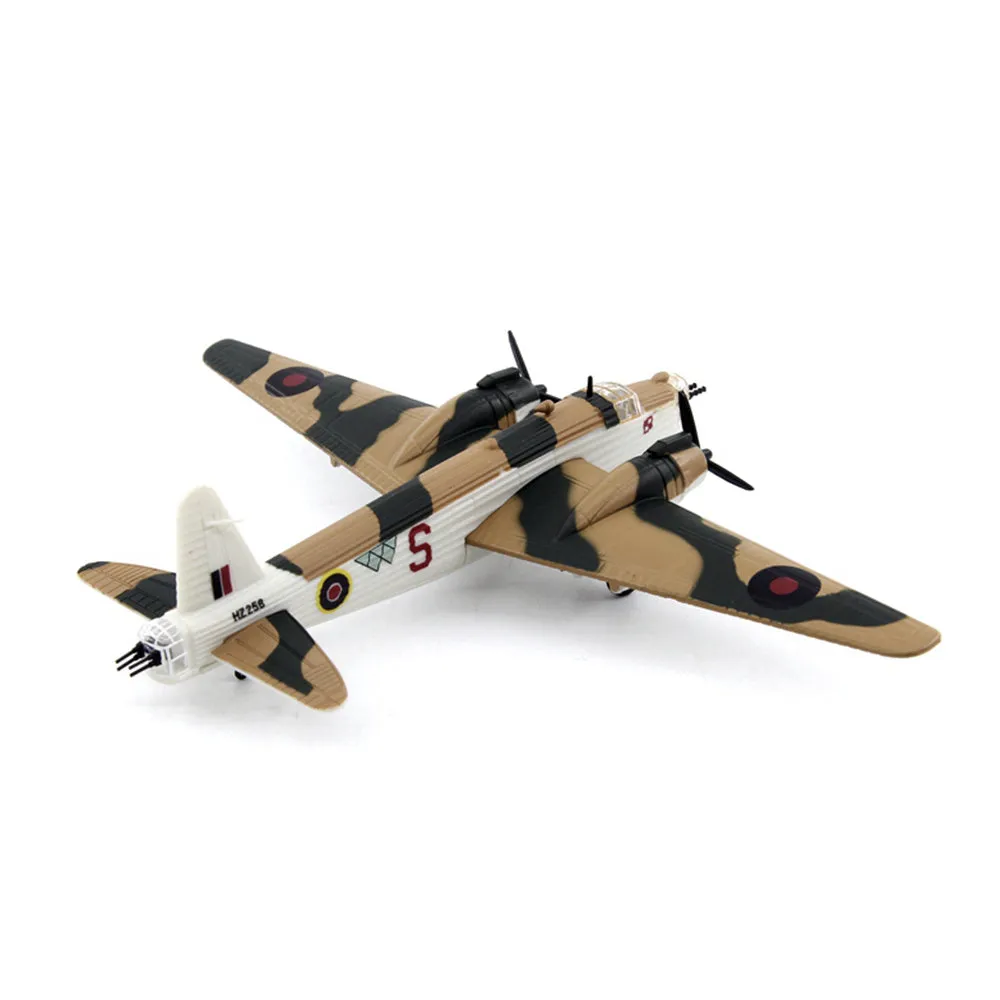The Iconic Diecast Wellington Bomber
The Vickers Wellington bomber, a stalwart of the Royal Air Force during World War II, holds a special place in aviation history. Its unique geodetic construction and robust design allowed it to endure significant damage, making it a favorite among crews. Today, the diecast Wellington bomber models offer collectors a tangible connection to this remarkable aircraft, capturing its essence in miniature form. These meticulously crafted models are more than just toys; they are miniature works of art that pay homage to the brave men and women who flew and maintained these aircraft during the war. The popularity of these models reflects a widespread interest in aviation history, as well as a desire to own a piece of this history.
Historical Significance of the Wellington Bomber
The Vickers Wellington bomber was a pivotal aircraft in the Allied air campaign during World War II, distinguished by its long operational life and effectiveness. Its innovative geodetic construction, designed by Barnes Wallis, provided exceptional strength and allowed the aircraft to withstand considerable battle damage. This design, along with its twin engines, made the Wellington a reliable platform for strategic bombing missions. The bomber’s ability to fly long distances and carry heavy bomb loads played a crucial role in targeting enemy infrastructure, including industrial centers, transport hubs, and military installations. The Wellington’s impact on the war effort cemented its place as a critical component of the Allied victory, remembered for its contribution to key campaigns.
Key Role in WWII
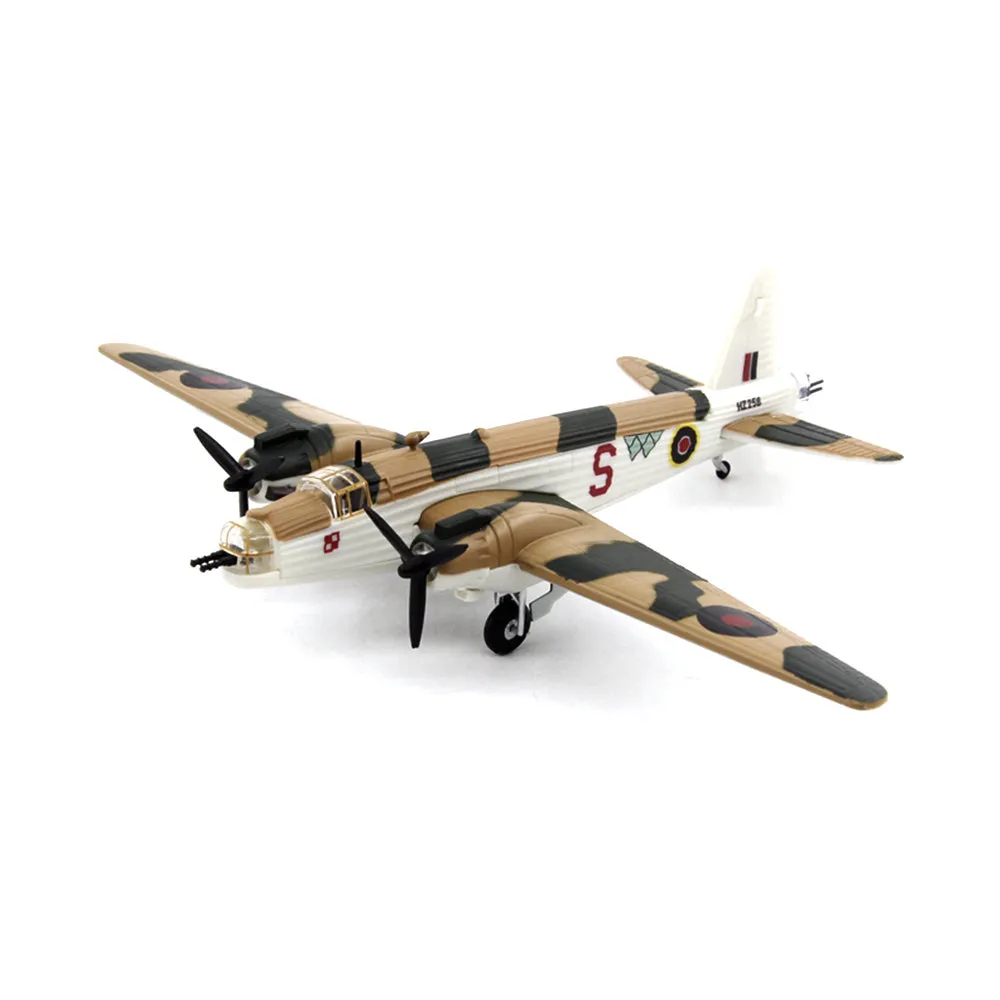
The Wellington bomber’s contribution to World War II was immense. Initially deployed in the early stages of the war, it served as a vital part of the RAF’s Bomber Command, carrying out numerous raids over occupied Europe. Its participation in major bombing campaigns, including the strategic bombing of Germany, helped to weaken the enemy’s industrial capacity and military strength. Throughout the conflict, the Wellington evolved through various marks and improvements, adapting to changing tactical needs. Its involvement in the Battle of the Atlantic, where it was used for anti-submarine patrols, further highlighted its versatility. This aircraft’s long service life underscored its robustness, making it one of the most enduring and respected aircraft of the era.
Development and Design Features
The Vickers Wellington’s development was groundbreaking, largely due to the innovative geodetic construction pioneered by Barnes Wallis. This design used a network of intersecting structural members to create a strong, lightweight airframe. This method offered several advantages, including the ability to withstand significant damage and to distribute stress evenly throughout the aircraft. The design also allowed for a spacious bomb bay and internal fuel tanks, enhancing its operational capabilities. The Wellington was powered by twin radial engines, providing the necessary thrust for long-range missions. This combination of design and engineering made the Wellington a formidable and reliable bomber, respected by its crews and feared by its adversaries.
Geodetic Airframe Construction
The geodetic airframe was the most distinctive feature of the Wellington. It comprised a lattice of intersecting duralumin alloy struts, forming a strong, lightweight structure. This design eliminated the need for a traditional fuselage, allowing for a more resilient airframe that could better withstand the stresses of combat. If sections of the airframe were damaged, the remaining structure could often still support the aircraft. This innovative construction, developed by Barnes Wallis, gave the Wellington its unique appearance and contributed significantly to its operational longevity and durability. The geodetic design was not only structurally sound but also relatively lightweight, improving the aircraft’s performance.
Engines and Armament

The Wellington was typically powered by two Bristol Pegasus or Hercules radial engines, providing robust and reliable performance. These engines gave the bomber sufficient power to carry substantial bomb loads over long distances. Armament initially consisted of machine guns for defense against enemy fighters, but this varied over the course of the war. The Wellington’s defensive capabilities improved over time, reflecting the evolving nature of air combat. The aircraft was capable of carrying a considerable bomb load, playing a vital role in strategic bombing campaigns. The combination of powerful engines and effective weaponry made the Wellington a well-rounded bomber, capable of fulfilling various operational roles.
Top 5 Diecast Wellington Bomber Models
Selecting the best diecast Wellington bomber models requires careful consideration of detail, accuracy, and quality. The market offers a variety of models, each capturing different aspects of this historic aircraft. The top five models offer superior craftsmanship, historically accurate features, and are generally considered to be highly collectible. These models are prized for their meticulous detailing, from the geodetic airframe to the precise replication of the engines and armaments. They appeal to both seasoned collectors and those new to the hobby, providing a tangible connection to the history of the Wellington bomber.
Model 1 Detailed Overview
Model 1 is a standout, often praised for its exceptional detailing and accurate representation of the Wellington bomber. This model usually features a highly detailed geodetic structure, accurately replicated engines, and precise markings. Its paintwork is often meticulously applied, ensuring a realistic finish. This model usually comes with a display stand and collector’s card. Collectors frequently value this model for its investment potential and its ability to capture the essence of the original aircraft. The attention to detail, from the cockpit to the bomb bay, makes this model a desirable piece for aviation enthusiasts.
Model Features and Specifications
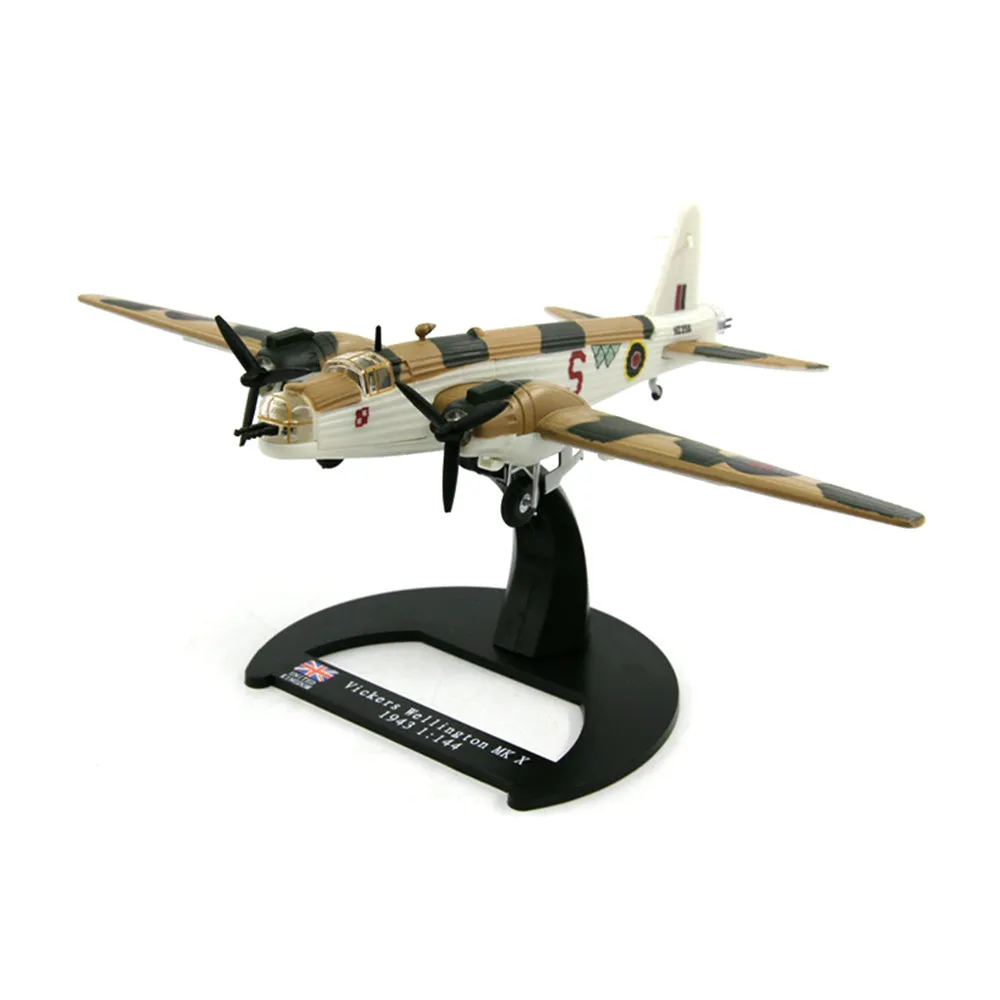
Model 1 boasts several key features. It typically includes a diecast metal construction for durability and a realistic feel. The model is usually designed at a 148 or 172 scale, allowing for intricate detailing while remaining manageable in size. Key specifications include a detailed cockpit interior, rotating turrets, and realistic undercarriage. Many models include removable parts like bombs and access panels to display the internal workings. The accuracy of the markings and paint scheme is a hallmark of this model, replicating the appearance of the Wellington bomber during its wartime service. These specifications ensure that Model 1 stands out as a premium collectible.
Model 2 Detailed Overview
Model 2 offers another excellent representation of the Wellington bomber, known for its balance of detail and affordability. It typically features a high level of accuracy in its design, capturing the key features of the aircraft without compromising on quality. This model is often favored by collectors looking for a well-made model at a reasonable price. It often includes detailed engines, a well-rendered geodetic structure, and accurate markings. Model 2 provides a good entry point for those new to collecting, while still satisfying the expectations of more experienced enthusiasts.
Model Features and Specifications
Model 2 often comes with a diecast metal fuselage and wings. The model typically features a detailed cockpit, operational turrets, and realistic landing gear. The scale is usually 172 or 1144, allowing for a blend of detail and manageable size. The paint finish and markings are designed to replicate the specific variants of the Wellington bomber accurately. Additional features might include removable bombs and display stands. The attention to detail in the engine nacelles and propeller designs further enhances the model’s appeal. The specifications make Model 2 an attractive option for collectors seeking a quality model.
Model 3 Detailed Overview

Model 3 is characterized by its focus on historical accuracy and limited-edition production. This model typically targets serious collectors seeking a model that replicates a specific variant of the Wellington bomber. These models often come with detailed information about the aircraft they represent and are highly sought after for their rarity. The quality of Model 3 is consistently high, using premium materials and offering exceptional detailing. It appeals to those who want a model that not only looks great but also tells a specific story from WWII.
Model Features and Specifications
Model 3 features include a diecast metal body and detailed plastic components. The model often features intricate internal detailing, with visible cockpit interiors and bomb bays. The scale is usually 172, with each model representing a specific variant, such as a specific squadron or campaign. High-quality paint finishes and authentic markings are hallmarks of this model, reflecting the aircraft’s original livery. The limited-edition nature of this model makes it highly collectable, and each unit often comes with a certificate of authenticity. The attention to detail in areas like engine exhausts and machine gun placements further increases its realism.
Model 4 Detailed Overview
Model 4 provides a balance between detail, value, and playability. It is particularly suitable for collectors who want a high-quality model that can also be handled and displayed without excessive caution. The construction is robust, and the design accurately reflects the overall features of the Wellington bomber. Model 4 is often available at a more accessible price point, making it a great choice for enthusiasts new to diecast collecting. It captures the essence of the Wellington bomber with attention to the general features, making it a solid representation of the aircraft.
Model Features and Specifications
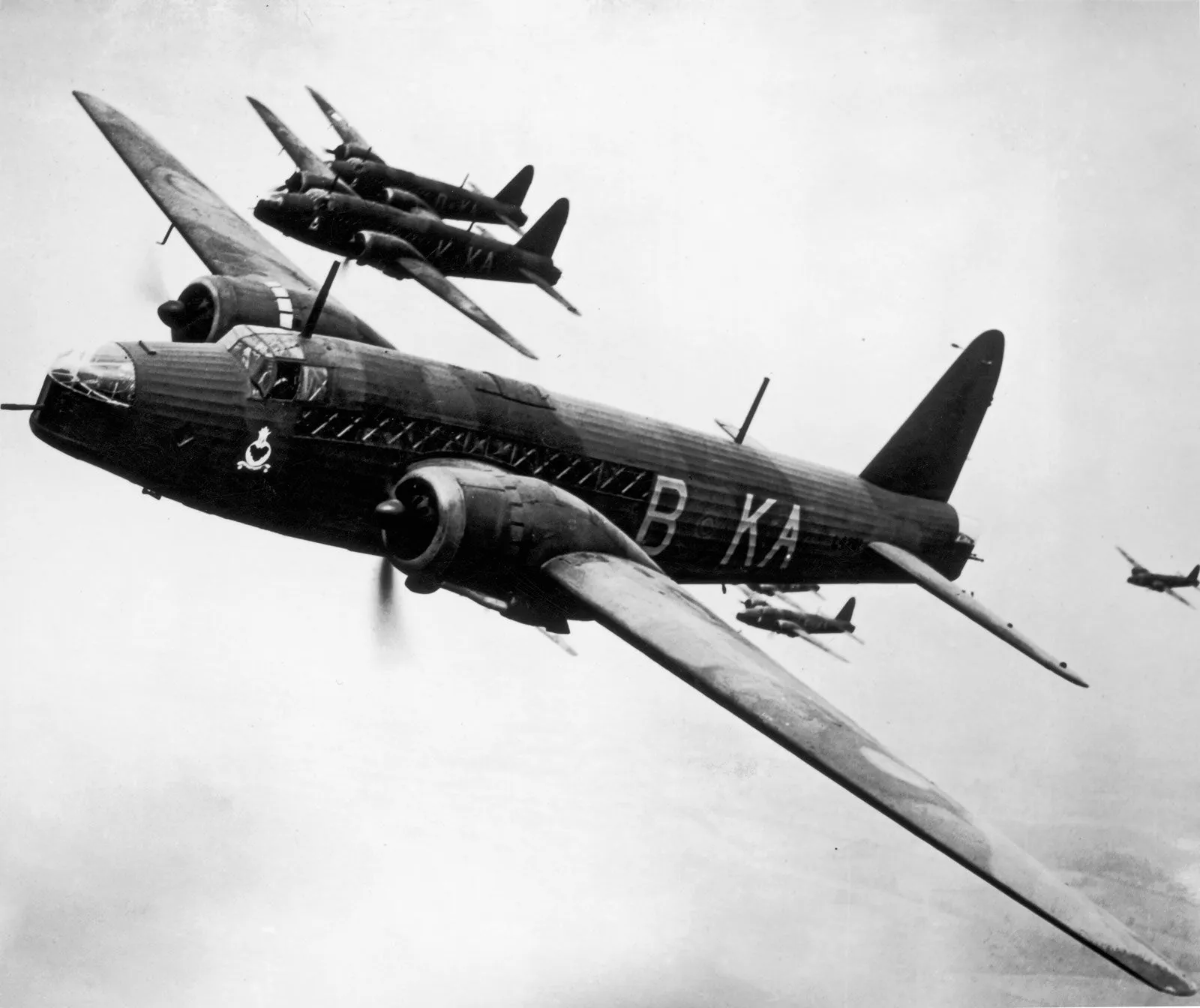
Model 4 typically uses a combination of diecast metal and high-quality plastic. It often includes a detailed cockpit, a visible geodetic structure, and rotating turrets. The scale is usually 172, and markings are accurate for general variants. The emphasis is on providing a realistic look and durable construction. While not as detailed as some premium models, Model 4 offers a great value, allowing for both display and handling. The undercarriage is frequently retractable, providing versatility for different display options. The construction ensures this model is also accessible to younger enthusiasts interested in aviation.
Model 5 Detailed Overview
Model 5 is often chosen for its unique features or its focus on a specific aspect of the Wellington bomber’s history. This model might feature a particular camouflage scheme, or it might be a replica of an aircraft flown by a famous pilot or squadron. The detailing is usually very high, reflecting the premium nature of the model. Model 5 often represents a unique niche within the larger collection, appealing to collectors with a particular interest in a specific aspect of the aircraft’s history or design.
Model Features and Specifications
Model 5 may vary widely in features, depending on the specific variant it represents. It often includes a diecast metal body, detailed engines, and accurate markings for a specific historical aircraft. The scale varies but is often 172 or similar. The model is frequently produced in limited numbers, increasing its collectibility. Features like removable panels, detailed pilot figures, and special display stands can also be included. High-quality paint finishes and precise detailing are paramount, ensuring it appeals to specialist collectors. The specifications highlight the model’s unique focus on specific historical details.
Factors to Consider When Choosing a Model
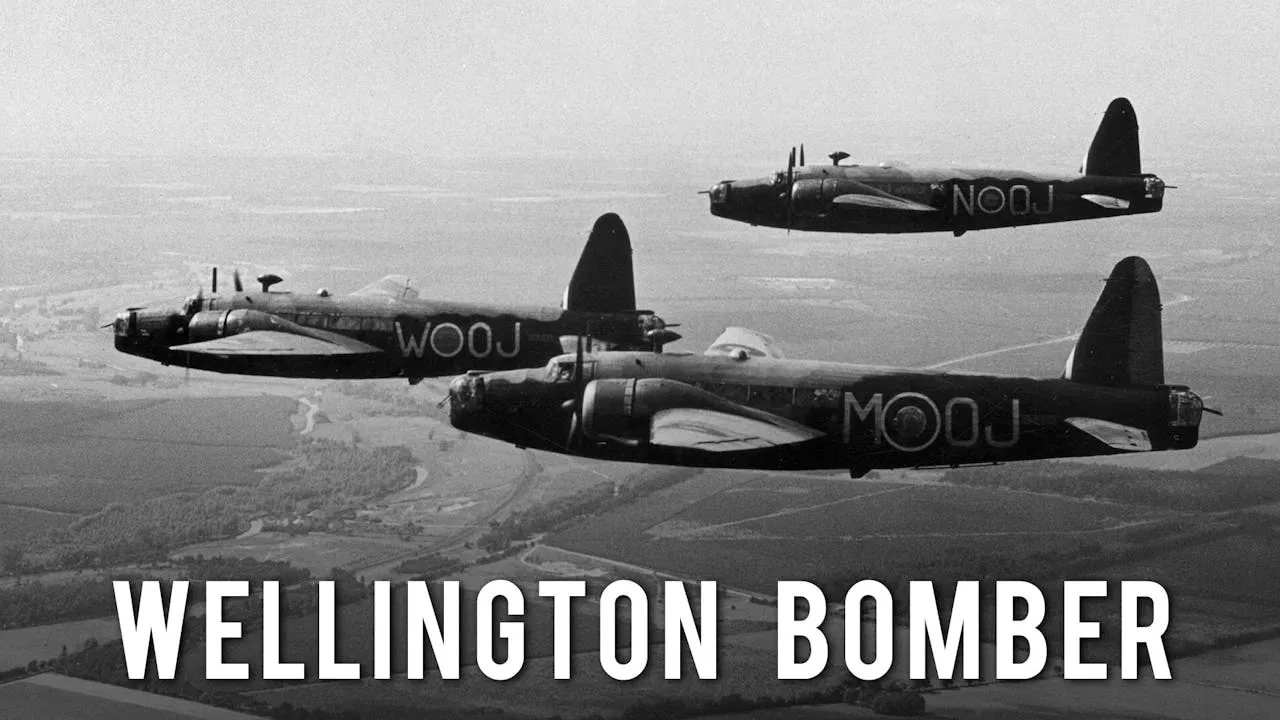
Selecting a diecast Wellington bomber involves several factors to consider to ensure you choose a model that meets your needs and preferences. These factors influence the overall quality, value, and enjoyment of the model. Considering these will help you narrow down your choices and make an informed decision. Understanding these will ensure you acquire a model that you’ll appreciate for years to come.
Scale and Detail
The scale of the diecast model is crucial. Common scales for Wellington bomber models are 148 and 172, with larger scales generally offering more detailed features. However, larger models require more display space. The level of detail is another important consideration, look for finely rendered features like the geodetic airframe, engine details, cockpit interiors, and accurate markings. More detailed models typically command a higher price, but they provide a superior visual experience. Consider where you want to place it for display.
Materials and Construction
The materials used in the model’s construction directly affect its durability and realism. Diecast metal construction is preferred for its weight, feel, and ability to replicate the original aircraft’s structure. High-quality plastic parts can enhance detailing, especially in areas like the cockpit and turrets. Consider the build quality, including the precision of the parts fit and finish. Robust construction will ensure the model can withstand handling and display. Look for reputable manufacturers that utilize premium materials and ensure a long-lasting collectible.
Brand Reputation and Reviews
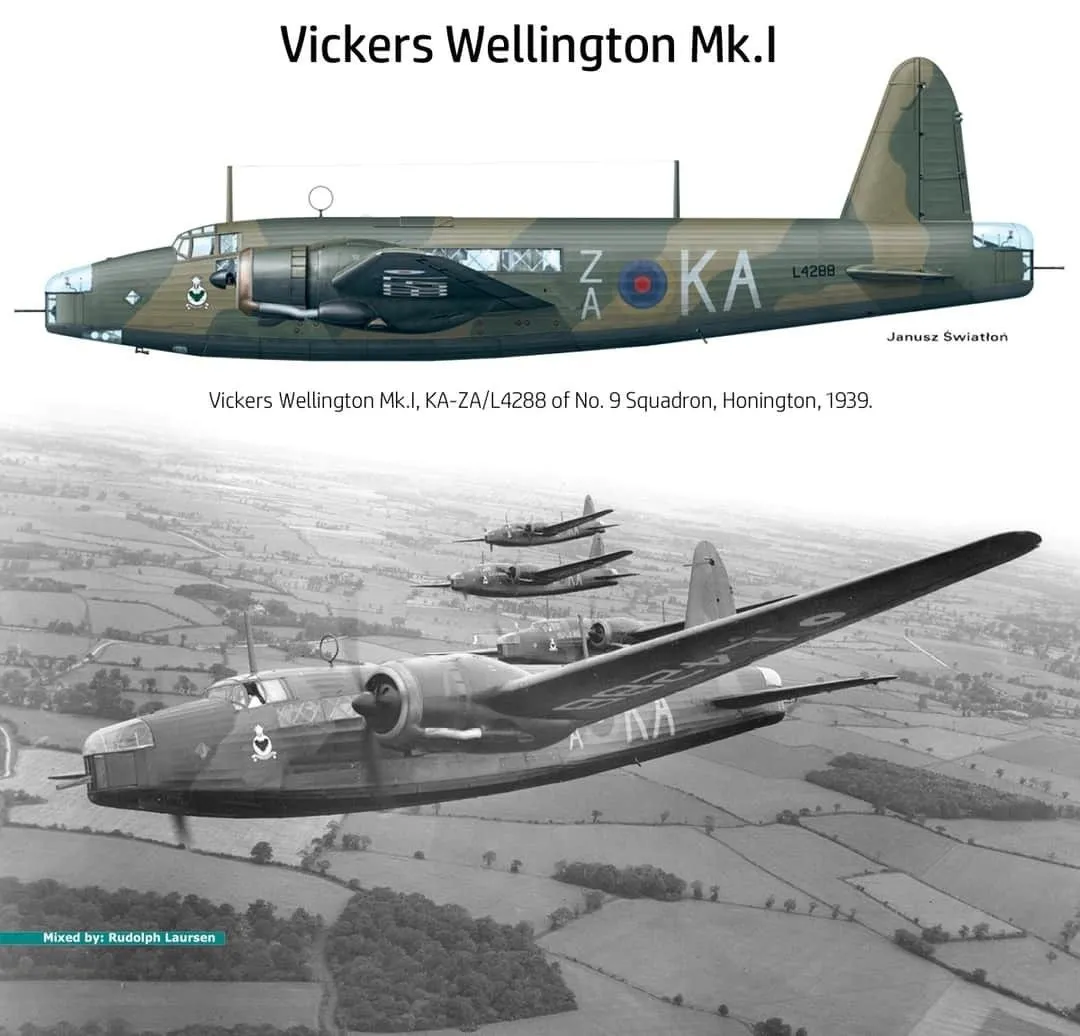
Researching the brand and reading reviews are crucial. Look for well-established manufacturers known for their quality and historical accuracy. Reading reviews from other collectors can provide insights into a model’s strengths and weaknesses. Check for feedback on the detailing, build quality, and overall value. Comparing different brands will assist in making an informed decision, and positive reviews often indicate a product that meets or exceeds expectations. Well-regarded brands tend to deliver consistent quality, leading to increased collector satisfaction.
Where to Buy Diecast Wellington Bombers
Finding the right diecast Wellington bomber requires knowing where to look. Several options are available, each offering different advantages in terms of selection, price, and convenience. Consider these options to find the right model for your collection.
Online Retailers
Online retailers offer a vast selection of diecast Wellington bomber models. Websites like Amazon, eBay, and specialized model retailers provide numerous choices from various brands and manufacturers. The convenience of online shopping, combined with detailed product descriptions and customer reviews, makes this a popular choice. Comparison shopping is easy, and you can often find competitive prices. Always check the seller’s reputation and return policies before making a purchase. Online retailers are perfect to finding rare models, making it a great starting point for your collection.
Specialty Shops and Collectors’ Fairs
Specialty shops and collectors’ fairs offer a more hands-on experience. Visiting a local hobby shop can provide an opportunity to see the models in person and get expert advice from knowledgeable staff. Collectors’ fairs and shows are excellent places to find rare or vintage models and to connect with other enthusiasts. You can often negotiate prices and find unique items at these events. These venues offer a sense of community and allow you to examine models and compare products. Interacting with experts and other collectors provides a more fulfilling experience than buying online.
Tips for Maintaining Your Diecast Bomber
Proper maintenance ensures your diecast Wellington bomber remains in excellent condition for years to come. These models require some care to protect their details and value. Consistent maintenance preserves the appearance and integrity of your model.
Cleaning and Dusting
Regular cleaning and dusting are essential. Use a soft, dry brush or a microfiber cloth to gently remove dust and debris from the model’s surface. Avoid using water or harsh cleaning agents, as they can damage the paint and details. For more stubborn grime, a slightly damp cloth may be used, but always dry the model thoroughly afterward. Clean dust from the model display case. Regular cleaning prevents dust buildup and preserves the model’s appearance.
Storage and Display
Proper storage and display are crucial for protecting your diecast model. Store your model in a place away from direct sunlight, extreme temperatures, and humidity, as these conditions can cause damage. Display the model in a glass case or a dust-free environment to prevent dust accumulation and accidental damage. Avoid placing heavy objects near the model, and handle the model with care to avoid scratches or other damage. These tips will keep your model in top condition for years.
